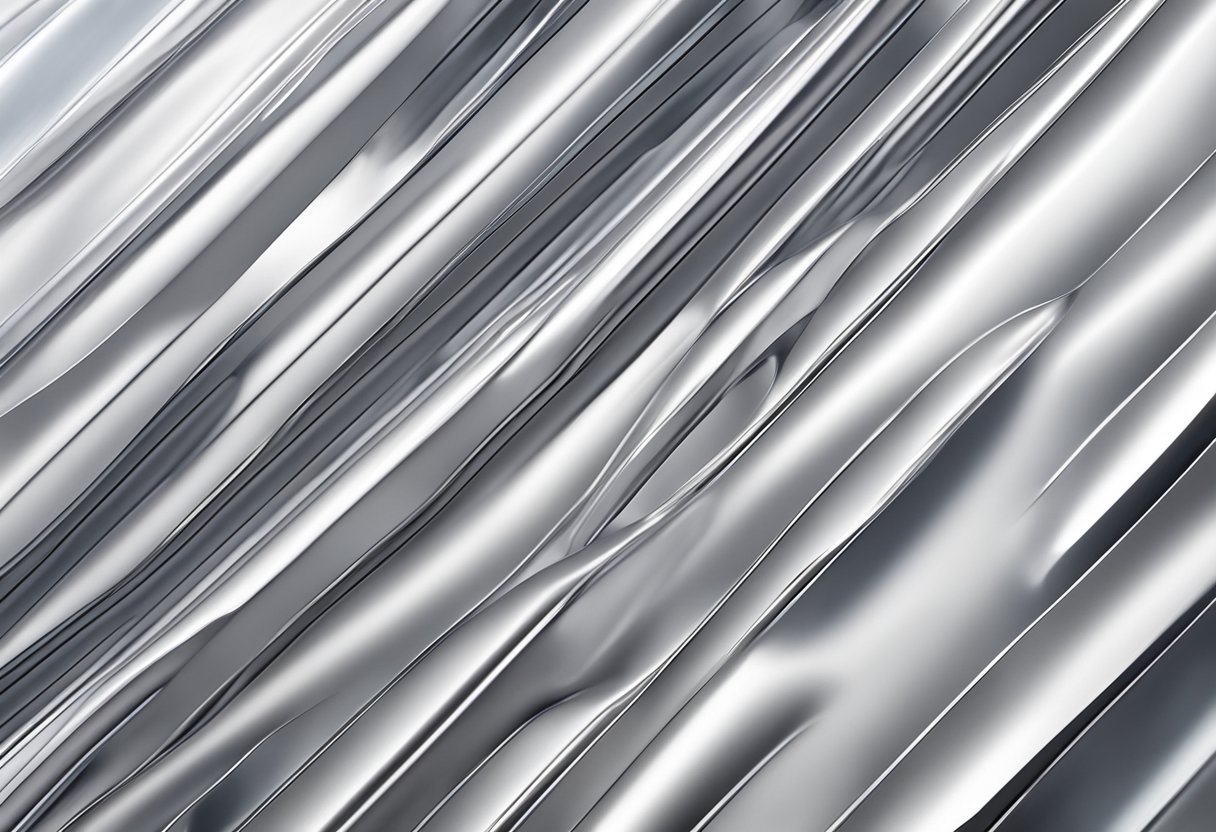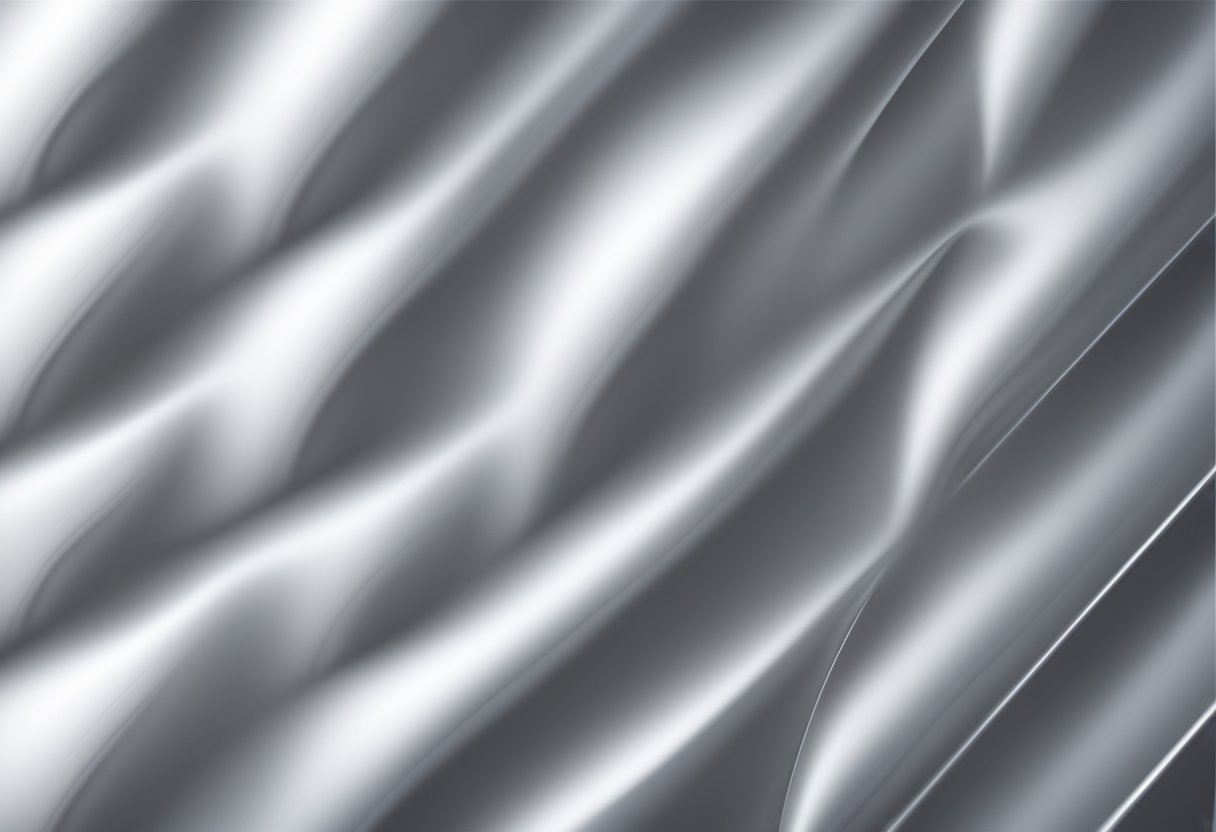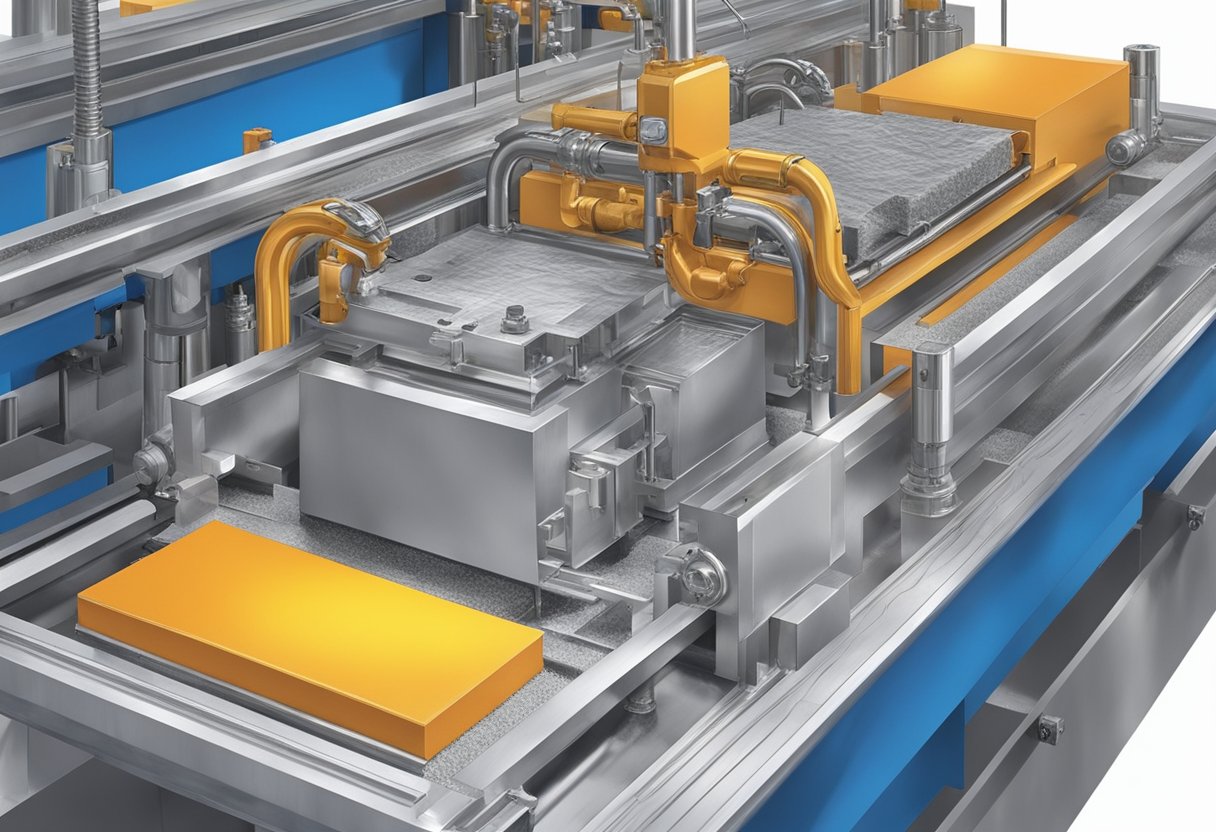If you’re looking for a lightweight and durable material for your construction or design project, foamed aluminum panels may be the perfect solution. These panels are made by injecting air into molten aluminum, creating a fine dispersion of ceramic particles that give the material its unique properties. The resulting foam is then stabilized to create a strong and lightweight panel that can be used in a variety of applications.

One of the main benefits of foamed aluminum panels is their lightweight nature. Despite their strength and durability, these panels are much lighter than solid aluminum or other metals, making them ideal for applications where weight is a concern. Additionally, foamed aluminum panels are highly reflective, making them a great choice for projects where aesthetics are important. They can be produced in a range of densities and thicknesses, making them suitable for a variety of applications, from architecture to aerospace.
Whether you’re looking for a material for your next construction project or a unique design element for your space, foamed aluminum panels offer a range of benefits. Their lightweight nature, strength, and unique reflective properties make them a versatile choice for a variety of applications. With the ability to customize the density and thickness of the panels, you can find the perfect solution to meet your specific needs.
Composition and Properties
Material Composition
Foamed aluminum panels are made of aluminum foam, which is a composite material consisting of aluminum and gas-filled pores. The production of aluminum foam involves injecting gas into molten aluminum, which creates bubbles that solidify into a foam structure. The foam structure is both durable and lightweight, with a large surface area-to-volume ratio. The aluminum foam inherits a large number of the properties of its parent metal, including corrosion resistance, strength, electrical and thermal conductivity, but at a lower density.

Mechanical Properties
Aluminum foam panels have unique mechanical properties that make them suitable for a wide range of applications. The foam has a high strength-to-weight ratio, making it strong and lightweight at the same time. The foam is also completely isotropic, which means that it has the same load response in all directions. This makes it ideal for use in applications where the material will be subjected to loads from multiple directions.
Thermal and Acoustic Insulation
The presence of gas-filled pores in the aluminum foam structure gives it excellent thermal and acoustic insulation properties. The foam structure is a poor conductor of heat, which makes it an effective insulator against heat transfer. The foam also absorbs sound waves, which makes it an effective acoustic insulator. These properties make aluminum foam panels ideal for use in applications where thermal and acoustic insulation is required.
In summary, foamed aluminum panels are made of aluminum foam, which is a composite material consisting of aluminum and gas-filled pores. The foam has unique mechanical properties, including a high strength-to-weight ratio and isotropic load response. Additionally, the foam has excellent thermal and acoustic insulation properties, making it ideal for use in applications where these properties are required.
Manufacturing Process

Foaming Techniques
The manufacturing process for foamed aluminum panels involves several steps, including the creation of the foam and the shaping and cutting of the panels. The foaming process involves injecting gas into a molten aluminum alloy to create a foam. There are several techniques used to create the foam, including powder metallurgy, casting, and extrusion.
In powder metallurgy, a mixture of aluminum powder and special additives is heated to create a foam. In casting, a mixture of molten aluminum and a foaming agent is poured into a mold. The foam is then allowed to cool and solidify. In extrusion, a foamable aluminum billet is heated and extruded through a die to create the foam.
Panel Shaping and Cutting
Once the foam has been created, it is shaped and cut to the desired size and shape. The panels can be cut using a variety of methods, including laser cutting, water jet cutting, and saw cutting. The panels can also be shaped using a variety of techniques, including bending, stamping, and rolling.
The shaping and cutting process can be done before or after the foam has been solidified, depending on the desired shape and size of the panel. After the panels have been shaped and cut, they can be finished with a variety of coatings, including paint, anodizing, and powder coating.
Foamed aluminum panels are lightweight, strong, and durable, making them ideal for a variety of applications, including aerospace, automotive, and construction. The manufacturing process for foamed aluminum panels is complex, but the end result is a high-quality product that is both functional and aesthetically pleasing.
Applications
Foamed aluminum panels are a versatile material that can be used in a wide range of applications. Here are some of the most common uses of foamed aluminum panels:
Construction Uses
Foamed aluminum panels are ideal for use in the construction industry. They are lightweight, yet strong, and can be used to create a variety of structures, including walls, roofs, and floors. Foamed aluminum panels are also excellent at insulating against heat and sound, making them a popular choice for use in buildings that require high levels of insulation.
Automotive Industry
Foamed aluminum panels are becoming increasingly popular in the automotive industry. They are lightweight, which can help to improve fuel efficiency, and they are also strong, which can help to improve safety. Foamed aluminum panels are used in a variety of automotive applications, including body panels, frames, and suspension components.
Aerospace Components
Foamed aluminum panels are also used in the aerospace industry. They are lightweight, which is essential for use in aircraft, and they are also strong, which can help to improve safety. Foamed aluminum panels are used in a variety of aerospace applications, including structural components, insulation, and heat shields.
Overall, foamed aluminum panels are a versatile material that can be used in a wide range of applications. Whether you are working in the construction industry, the automotive industry, or the aerospace industry, foamed aluminum panels are an excellent choice for your next project.
Advantages and Limitations
Strength-to-Weight Ratio
Foamed aluminum panels offer a high strength-to-weight ratio, which makes them an ideal material for use in a wide range of applications. The unique structure of the foam provides a large surface area to volume ratio, which results in a lightweight material that is also incredibly strong. This makes foamed aluminum panel an excellent choice for use in applications where weight is a concern, such as in the aerospace industry.
Corrosion Resistance
Aluminum is known for its excellent corrosion resistance, and foamed aluminum panel inherit this property from their parent metal. This makes them ideal for use in applications where exposure to moisture or other corrosive substances is a concern. Foamed aluminum panel are also resistant to UV radiation, which makes them an excellent choice for use in outdoor applications.
Cost Factors
While foamed aluminum panels offer many advantages, they can be more expensive than other materials. The cost of foamed aluminum panel can vary depending on the size, thickness, and other factors. However, the benefits of foamed aluminum panel often outweigh the cost, especially in applications where weight, strength, and corrosion resistance are critical factors.
In summary, foamed aluminum panel offer many advantages, including a high strength-to-weight ratio, excellent corrosion resistance, and other unique properties. However, they can be more expensive than other materials, which should be taken into consideration when selecting a material for a specific application.



